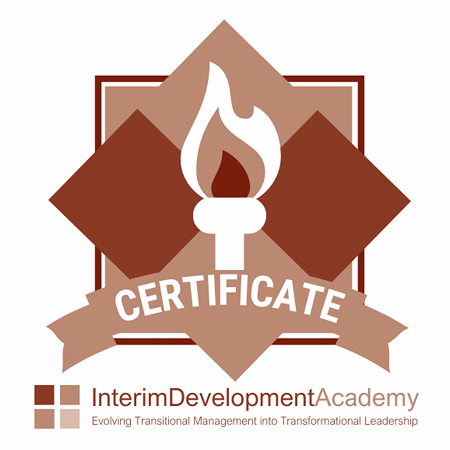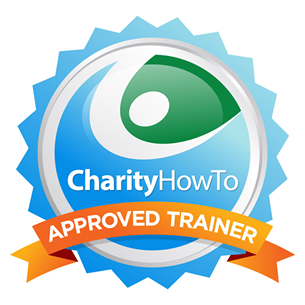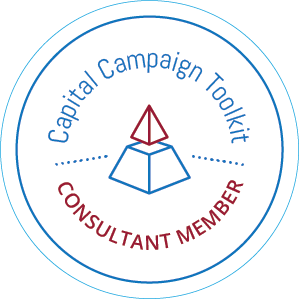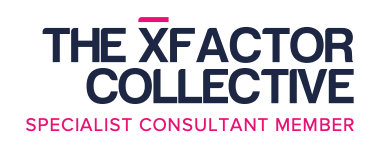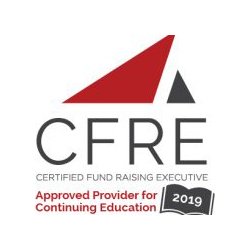“I don’t have the time!”
Development professionals probably have one of the most demanding jobs in an organization. There are so many expectations, and the work is full of deadlines that need we need to meet. 
We work long hours on grant proposals, travel across the country to visit donors, and need to prepare budgets and outcomes for board reports and donor communication publications.
Just recently, I overheard a development professional say, “I don’t have time for that!”
My ears perked up. I turned around, and thought, when have we ever become too busy to stop and immerse ourselves in the mission of our work?
This type of behavior is unacceptable. Organizations have a right to dismiss those who are just “too busy” to engage themselves in their core work. The fundraiser should – no must – be the first one at the table saying, “I will be there” or “how can I help?”
We, as development professionals, raise money to fund our mission, and we can never say that we are too busy to immerse ourselves in what it is that we support through our organizations. We should embrace and relish these opportunities as moments that we connect with the soul of our institutions and better equip ourselves to represent our organizations to our donors.
It is our work. We can’t say we don’t have enough time, or we have too much to do. We can’t even THINK that.
In saying that we are acknowledging that we are too busy for those that we serve and for the work that we are doing. How can we do that work right, if we can’t make time for it and those we serve including best representing our work to the donors that we serve.
If there is anyone in an organization that should live, breathe, and exhale the mission, it is the fundraiser.
If you are too busy, perhaps you don’t belong at your “job” because that is probably all that it is. Non-profit work is a vocation. We are responsible for other’s lives and well-being. This type of work is not just simply a “job.” Without us, our clients and participants would not have the services and level of care that they do.
Shame on you, shame on us – that we have ever become that busy.

 I have some experience with mergers. For a few years, I worked at a religious order that had decided to consolidate. Now, there could have chosen any one of several options – cea
I have some experience with mergers. For a few years, I worked at a religious order that had decided to consolidate. Now, there could have chosen any one of several options – cea
 governance just by mear fact of the topics, the order of the items, and those responsible for reporting.
governance just by mear fact of the topics, the order of the items, and those responsible for reporting. Board. So, Board driven is an option.
Board. So, Board driven is an option.

 the organization is meeting the needs of those that they serve through assessing the community during a strategic planning process, then evaluating current services to ensure that there is alignment between need, mission, and programs.
the organization is meeting the needs of those that they serve through assessing the community during a strategic planning process, then evaluating current services to ensure that there is alignment between need, mission, and programs.
 So, many months ago, I set out and found a hill. I went up and down that hill over and over again. Then, searching online, I found mountain races. And, I entered them. And, I began running up to the summits of mountains. First smaller ones, and then larger ones. But, nothing greater than 3,000 or so feet.
So, many months ago, I set out and found a hill. I went up and down that hill over and over again. Then, searching online, I found mountain races. And, I entered them. And, I began running up to the summits of mountains. First smaller ones, and then larger ones. But, nothing greater than 3,000 or so feet. ith fundraising? Well, a great deal. Courage. I honestly believe that the most significant characteristic of a fundraiser is courage. These exceptional individuals know that even in the most difficult times, perseverance is key, and that “this too shall pass.” Courage to get a lot of “no’s” and to be able to ask for a gift without hesitation. It is the ability to do this, with rumblings and butterflies floating around in your tummy.
ith fundraising? Well, a great deal. Courage. I honestly believe that the most significant characteristic of a fundraiser is courage. These exceptional individuals know that even in the most difficult times, perseverance is key, and that “this too shall pass.” Courage to get a lot of “no’s” and to be able to ask for a gift without hesitation. It is the ability to do this, with rumblings and butterflies floating around in your tummy.
